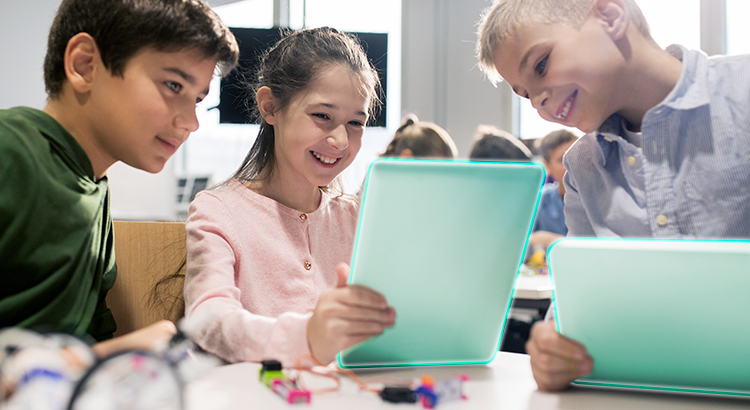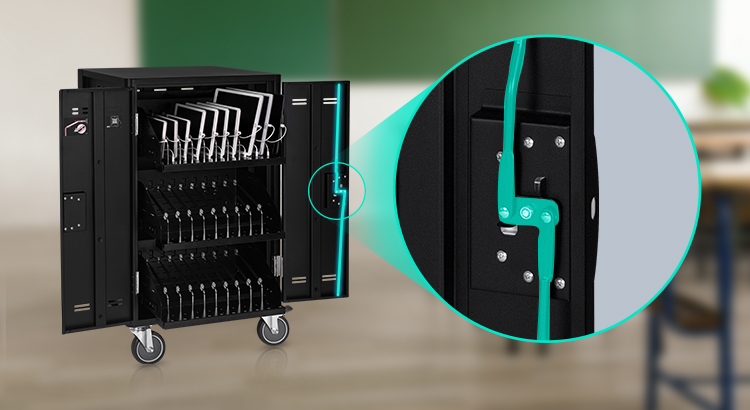BYOD – or ‘bring your own device’ – is a trend that has become quite significant in education over the years. Boosted by the hugely increased use in technology due to COVID, educational institutions are realising that the old, high-maintenance computer lab might not be the way forward in the age of educational technology, or EdTech.
If we’re going to talk about a trend, especially those in education, since education is built by and around teachers and educational institutions, we need to see the statistics to truly discover how important this trend is going to be in the future. According to a survey by Bradford Networks, 95% of the surveyed schools allow personal laptops to be used on school networks, and 89% of universities allow students to use their own devices on campus. In addition to this, 80.7% of the respondents didn’t discriminate by device type (eg. Laptops and tablets) when allowing for access for students. On the flip side, only 6% didn’t have any plans at all for BYOD policies or implementation.
What this means is that BYOD has been on the cards for most institutions for quite some time now, and for the small number who don’t, the vast majority have some form of plan for it going into the future. The big question is, why?
To begin with, schools and educational institutions can save large amounts of money, like I mentioned earlier, by avoiding large and high maintenance computer labs. In addition to this, schools short on space or rooms can take those computer lab rooms and put them to work without sacrificing on the technology.

On the student side, this means students can choose the device that suits them best. While this might be as simple as choosing an operating system that you’re familiar with, it can mean a lot more for students who have a strong preference or requirement for a certain style of device – for example, tablets or laptops, which schools and computer labs are far more unlikely to have an offer.
So, with BYOD and without computer labs, the next question is what kind of policy and what kind of investments can schools and institutions make to support their students and their participation using their own devices in their education? Luckily, EdTech providers have been listening closely to the needs of BYOD-based schools. For example, charging carts are evolving to not only provide an easy charging service for devices, but also with solid locking mechanisms for security, and even syncing capabilities. Newer models have innovative designs to accommodate for greater ranges of different devices and device sizes, all the way from a mini tablet to a 16-inch laptop. These functions allow teachers and students to stay on the same page and educate effectively. Forget about excessive power boards and extension leads with additional features such as external power outlets, which can power anything from a classroom visualizer to a printer. Visualizers also deliver high quality cameras, and a good provider can provide plug-and-play functionality to work with any compatible laptop or tablet instantly to share analogue content, such as writing in a book or on a whiteboard, or a completed worksheet, to teachers and students.

With new trends, however, comes new concerns that we need to consider for the future. The most obvious concern is about security, as BYOD devices require personal investments and spending of money into technology. Luckily, good charging carts deliver secure storage solutions for all BYOD devices. Furthermore, compatibility between all devices and the devices in the classroom such as the visualizers and charging carts can cause headaches, which is why many EdTech providers have a strong emphasis on compatibility, plug-n-play, and ease of use. Next up is the issue of hygiene – giving kids their own devices to come and go with, and then share with a whole classroom, might lead to some cleanliness concerns, especially in Covid times – luckily, newer charging carts are recognising this with all-new automatic disinfection functionality, which sanitizes devices in the cart during the charging process. Finally, with students bringing all manners of devices into the classroom, compatibility is the next issue educators need to consider. Big and small brands alike, however, are working to address this by providing product certifications for charging carts, such as Microsoft’s ‘Designed for Surface’ certification, which guarantees the product’s compatibility with this product line.
With BYOD solutions becoming the norm in the EdTech world, more and more schools are picking up on new technologies that can support students’ learning with the BYOD trends.